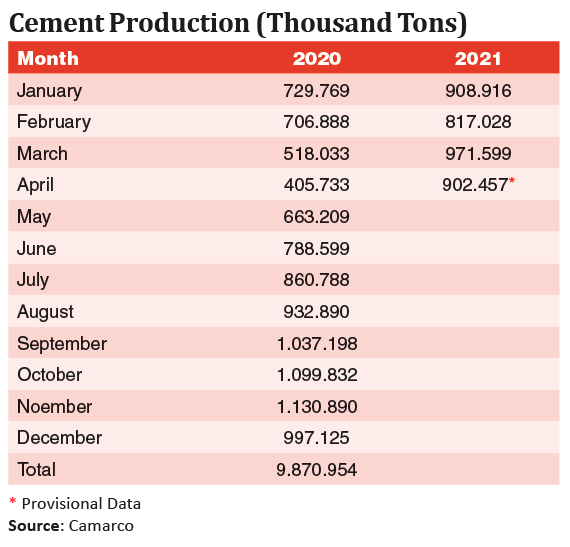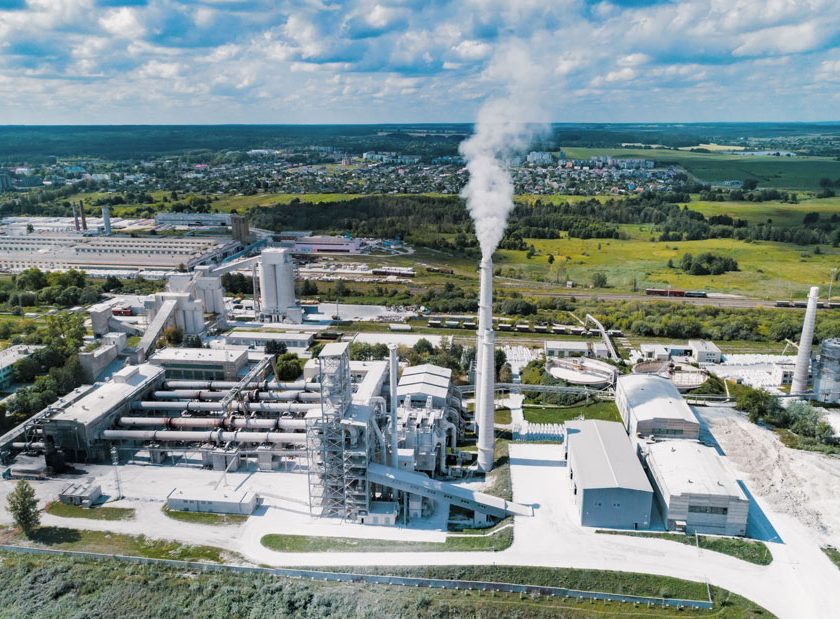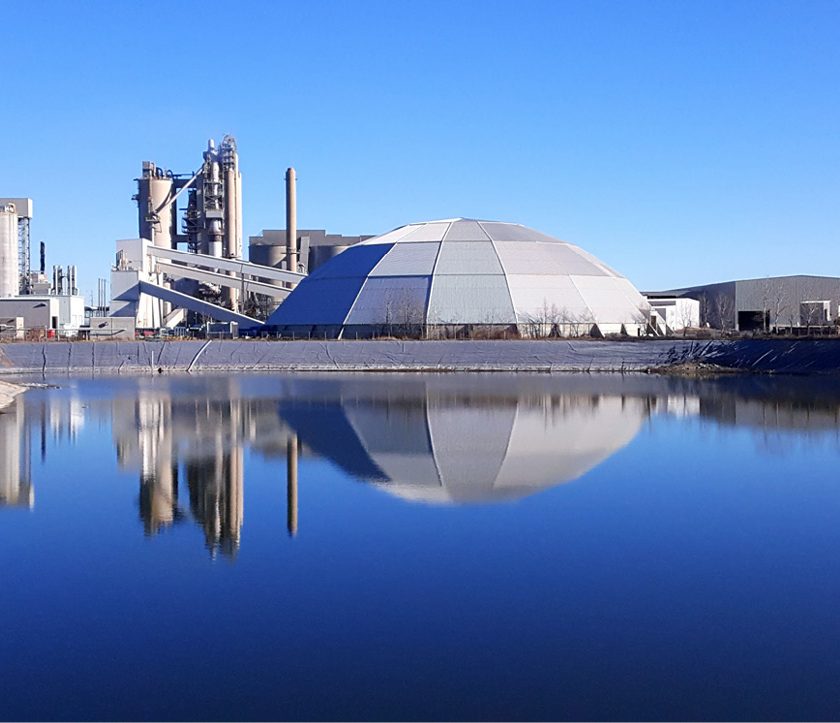The International Monetary Fund (IMF) predicted that the Argentine economy will recover 5.8% this year and that during 2022 it would grow 2.5%, although there are important challenges to achieve macroeconomic stabilization.
Among them is inflation, which according to the Ministry of Economy would need to not exceed 46% for this year. This represents an obstacle on the probable adjustments in the interest rates of bank loans, necessary to boost housing construction.
Although the economic scenario is still complicated and construction activity fell 19.5% in 2020, in December the Synthetic Indicator of Construction Activity (ISAC) registered an increase in growth of 4.3% compared to November.
According to the monthly survey carried out by the Argentine Institute of Statistics (Indec), 30.8% of the companies that are dedicated to the private construction sector and 39.7% that work in the public works sector believe that the level of activity will increase in the first half of this year.
Last November, jobs registered in the industry reached 517,712, managing to recover more than 51,000 jobs by the end of 2020.
According to the survey of the Argentine Chamber of Construction (CAMARCO), 35% of the construction businessmen consulted expect activity to increase in the next three months, while another 36% believe that it will remain the same.
On the other hand, of the works with a current contract, 71% are under normal development, according to the survey, and only 9% of the firms have suspended personnel.
According to the new report from the Portland Cement Manufacturers Association (AFCP), cement shipments registered a 19.2% year-on-year growth in January, while for seasonal reasons shipments fell 9.1% compared to December.
After a good start in the first three months of 2021, the chamber that groups together the main cement manufacturers in Argentina (Loma Negra, Holcim, Cementos Avellaneda and PCR) projects 5.7% growth for the year. The cement industry expects to reach 10.4 million tons in 2021, compared to 9.8 million in 2020 and 11.1 million in 2019.
As for the installed capacity of the Argentine cement industry, which is currently 15.3 million tpy (1.27 million per month), according to reports transmitted by the manufacturers, 71% was used in January 2021 compared to a utilization of just 52% in May and 63% in June 2020.
However, it is important to note that the crisis in the construction sector and the production and cement sales collapse began in August 2019, after the devaluation of the Argentine currency after the primary elections of that year.
Since then, the recessive situation that began in 2018, the year in which shipments decreased 1%, according to AFCP statistics, has worsened. In 2019, the decrease in shipments was 6.1%, while last year there was a drop of 11%.

For now, in January-April 2021, total shipments of 3.6 million tons were accumulated, which implied a rise of 54.7% compared to the same period of the previous year, a period strongly affected by COVID-19 lockdown measures.
Regarding cement prices, the current economic-financial situation generated an accumulated inflation in the first quarter of 12.5%. In fact, INDEC reported in its April report that the cost of construction rose 2.2% in March from February and 43.9% year-on-year. The increase in the first quarter was 10.6%.
In the last year the price of materials grew 81%, a factor that has worried the government. In recent months sectoral meetings were held to align prices in relation to the programmed inflation of 29% included in the budget for 2021.
Mauro Nogarin is Cement Americas’ Latin American contributor.



